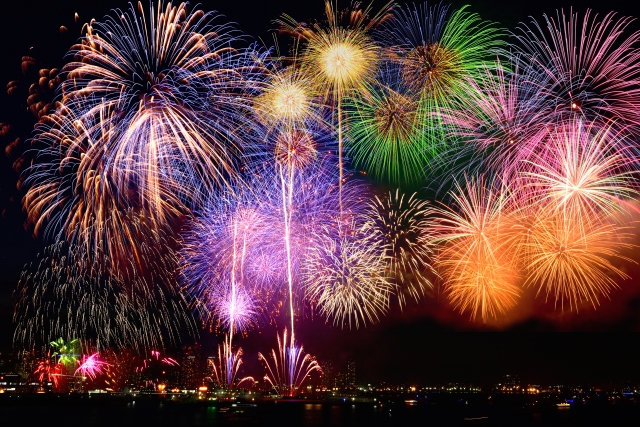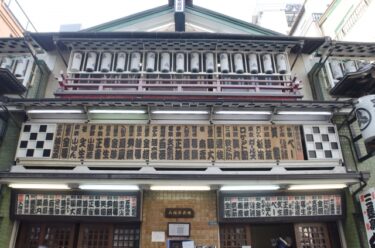
Fireworks, or hanabi (花火) in Japanese, light up the skies in many parts of the world. But in Japan, they are much more than just a visual spectacle—they are an iconic part of summer, deeply tied to tradition, culture, and community. Whether you’re enjoying them at a lively festival or quietly from a riverside, fireworks in Japan offer a unique experience you won’t want to miss. But what makes Japanese fireworks so special? Let’s explore the history, traditions, and some of the most famous fireworks festivals in Japan.
1. The Origins of Fireworks in Japan
While fireworks didn’t originate in Japan, their history here stretches back hundreds of years. The tradition is believed to have begun during the Edo period (1603–1868) when they were introduced from China. Initially, they were used to ward off evil spirits, but soon enough, they became a form of entertainment for the public, often associated with summer festivals and celebrations.
A key figure in the history of Japanese fireworks is Kagiya, a famous fireworks craftsman in the early 18th century. His name became synonymous with high-quality fireworks, and during displays, people would shout “Kagiya!” in excitement. Another famous fireworks master, Tamaya, emerged as a rival after branching off from Kagiya’s workshop. People would shout “Tamaya!” to show their admiration for his displays. However, after a fire caused Tamaya to close down, “Tamaya!” became the more popular shout that we hear today during fireworks festivals. The skill of creating and launching fireworks has since evolved into a fine art, passed down through generations of hanabi-shi (firework masters).
2. Why Do Japanese People Love Fireworks So Much?
The appeal of fireworks in Japan goes beyond their beauty. For many, they symbolize the fleeting nature of life, much like the sakura (cherry blossoms) in spring. Fireworks are admired for their brief but brilliant existence, making each display a reminder to cherish moments of beauty that won’t last forever.
Moreover, fireworks in Japan are often tied to matsuri (festivals), which bring communities together in a celebration of life, the harvest, or religious traditions. Many festivals are held near rivers, seas, or other large open spaces, giving people a chance to relax outdoors, cool down during the hot summer months, and enjoy food stalls, games, and of course, the fireworks.
3. The Art of Japanese Fireworks: Traditional Shapes and Techniques
Japanese fireworks are renowned for their craftsmanship. The fireworks shells, known as starmines, are carefully designed to create intricate patterns and vibrant colors. Unlike some Western fireworks that might emphasize loud booms, Japanese fireworks focus on beauty, often appearing in familiar shapes like chrysanthemums (kiku), peonies, and willows (yanagi). Each firework blooms slowly in the sky, revealing its shape and leaving a lasting impression on the audience.
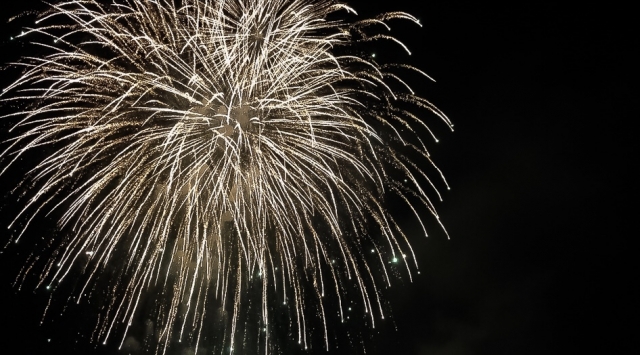
Traditionally, Japanese fireworks are categorized into various forms such as shidare yanagi (weeping willow), kiku (chrysanthemum), botan (peony), and hachi (bees), which creates a swirling effect.
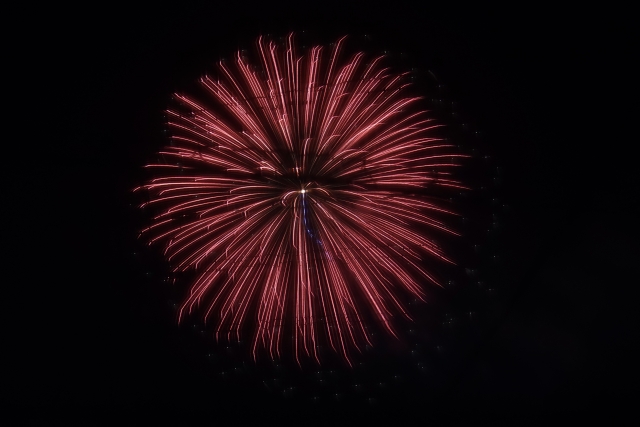
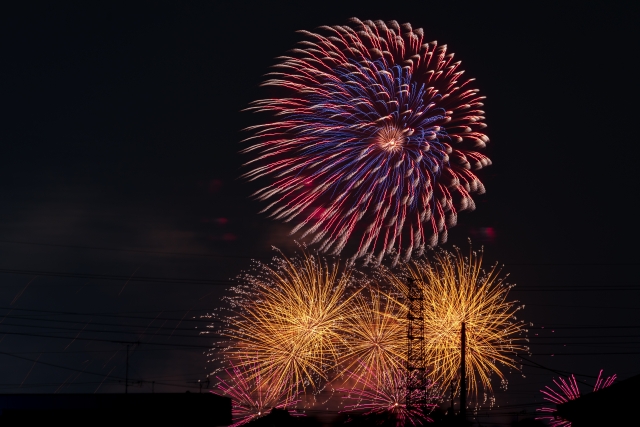
Recently, more innovative shapes have appeared, such as Saturn-like rings or katamono—special shapes like hearts, smiley faces, and even popular characters. The ability to control both shape and color has expanded, giving firework displays an even more vibrant and creative flair.
One unique aspect of Japanese fireworks is the kaika—the bloom and fade of each firework. This graceful blooming, followed by a gradual fading into darkness, enhances the aesthetic experience. The precision and artistry behind each firework are a result of centuries of refined technique, ensuring that each burst leaves a lasting impression.
4. Famous Fireworks Festivals in Japan
Fireworks festivals, known as hanabi taikai, are a summer highlight for many people in Japan. Here are a few of the most famous events:
- Sumida River Fireworks Festival (Tokyo): Held at the end of July, this is one of the oldest and most well-known fireworks displays in Japan, with roots going back to 1733. The fireworks light up the Tokyo skyline, reflecting off the Sumida River and attracting nearly a million spectators each year.
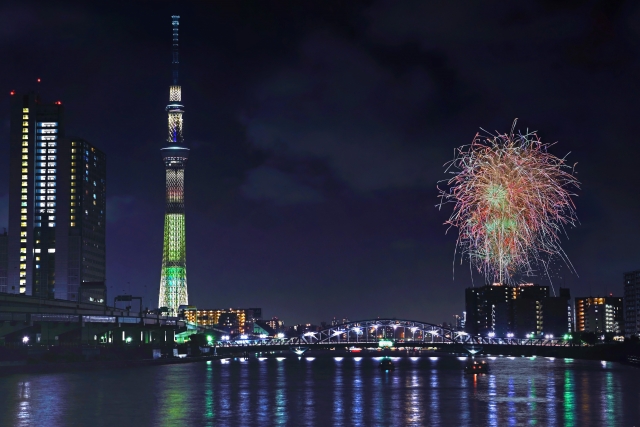
- Nagaoka Fireworks Festival (Niigata): Considered one of the “Three Great Firework Festivals” of Japan, Nagaoka’s fireworks are known for their massive scale and the emotional resonance they hold for the local community, as a memorial for those who died during World War II.

- Lake Biwa Fireworks Festival (Shiga): Held in early August, this festival near Kyoto boasts stunning fireworks over Japan’s largest freshwater lake. The reflections on the water create a breathtaking scene.
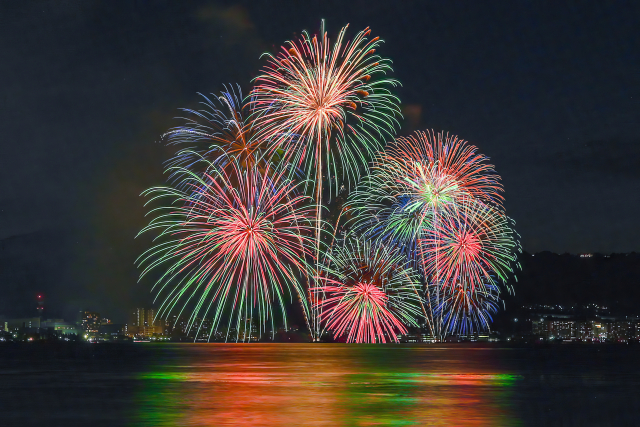
- Omagari Fireworks Competition (Akita): Omagari isn’t just a festival, it’s a prestigious competition for Japan’s top firework artists. Held in August, this event showcases the most innovative and technically impressive fireworks displays in the country.

5. Why Do People Wear Yukata to Fireworks Festivals?

A common sight at fireworks festivals in Japan is people dressed in colorful yukata—a light, cotton kimono traditionally worn in summer. The yukata is not only beautiful but practical, providing relief from the summer heat. Wearing yukata also adds to the festive atmosphere, with patterns often reflecting nature themes like flowers or rivers. Many people enjoy the chance to embrace tradition, making the experience of watching fireworks even more immersive and special.
Conclusion:
Fireworks in Japan are more than just a visual feast; they are a cherished part of the country’s cultural fabric, blending art, history, and communal celebration. Whether you’re visiting Tokyo or a more rural area, catching a hanabi taikai should be high on your summer bucket list. So grab your yukata, find a good viewing spot, and enjoy one of Japan’s most dazzling traditions!

